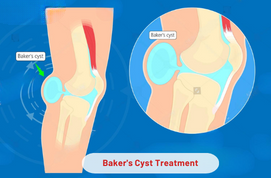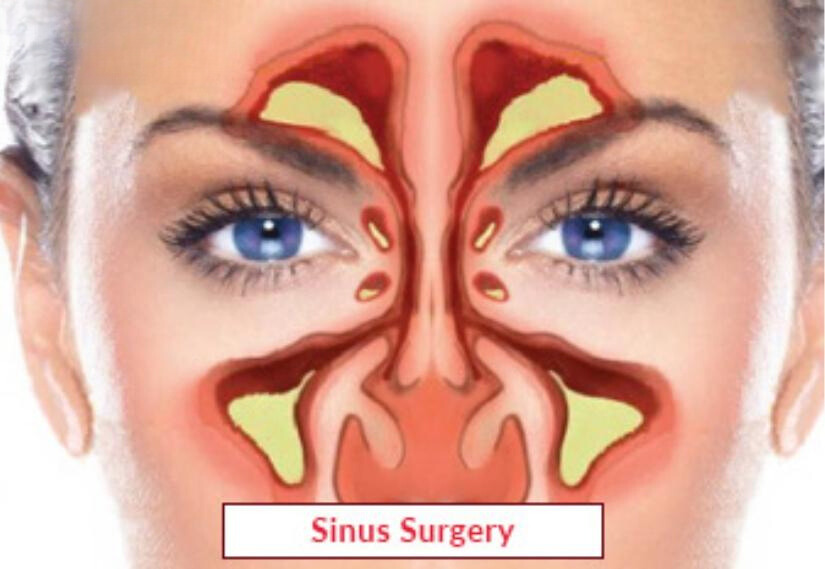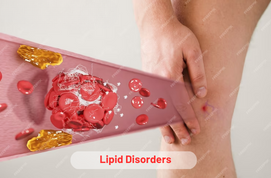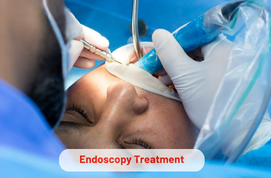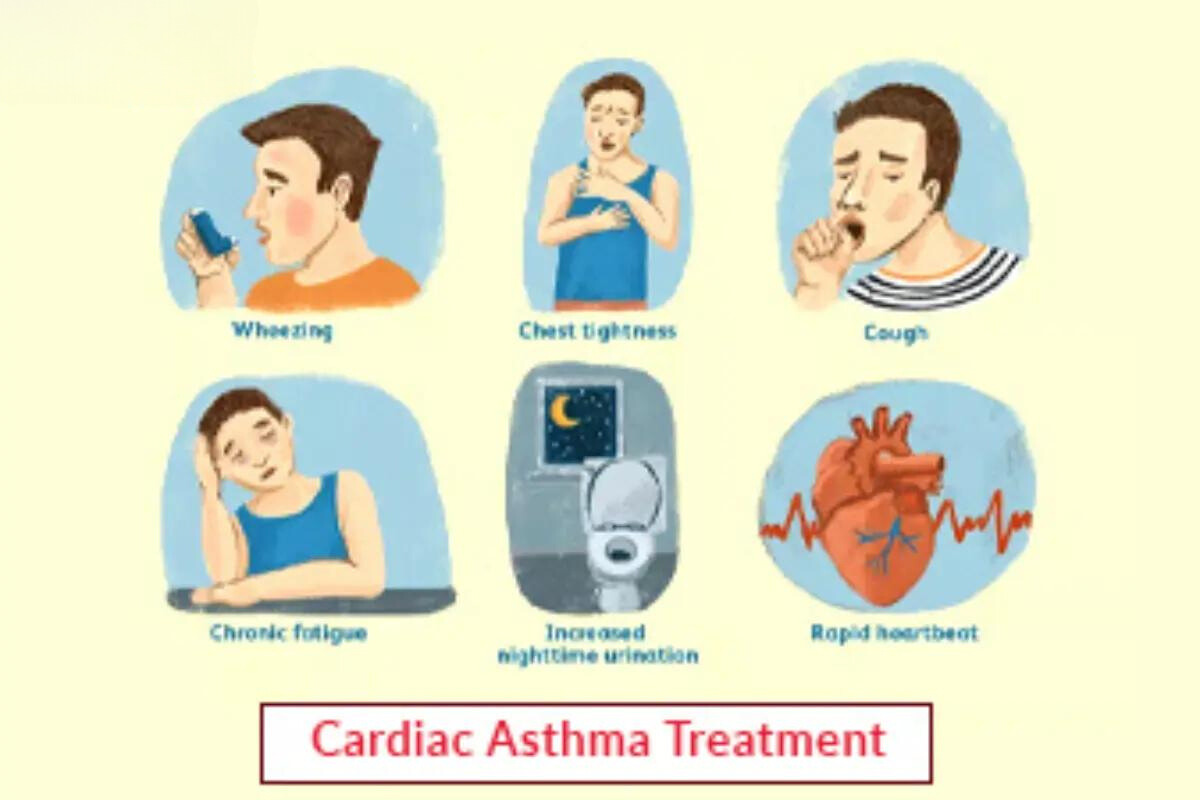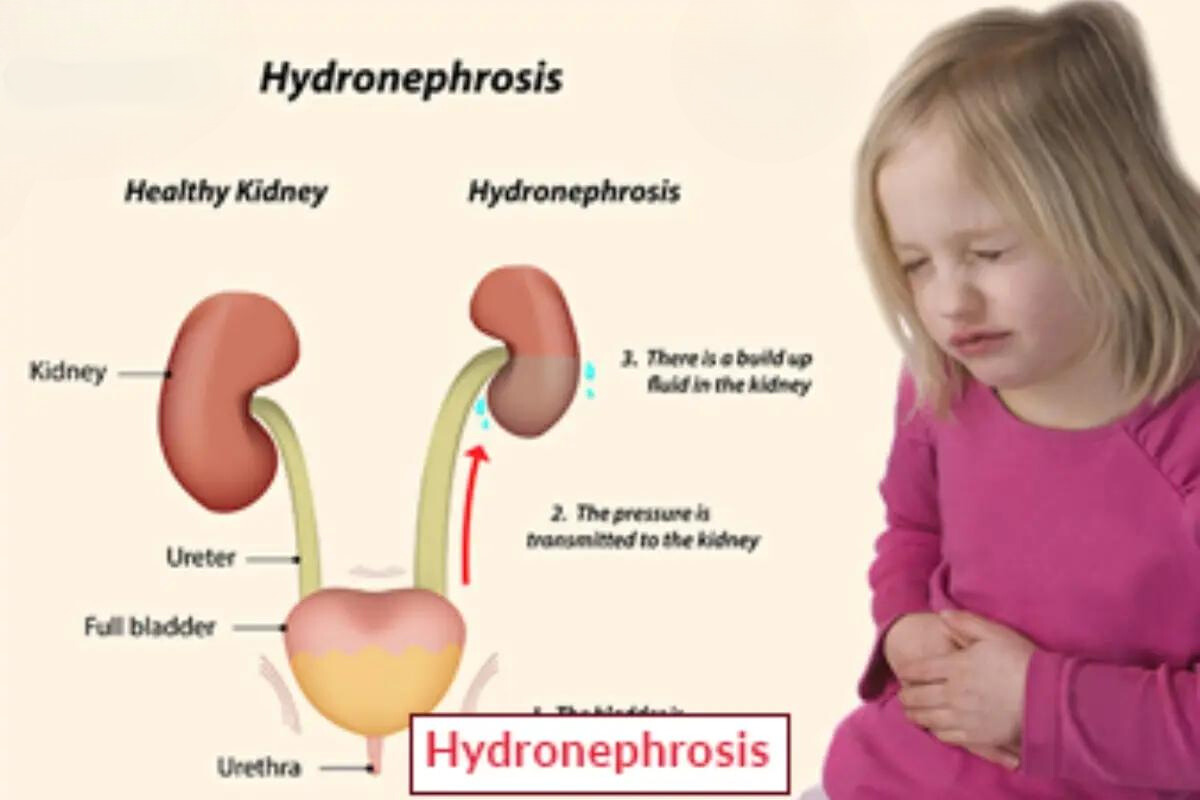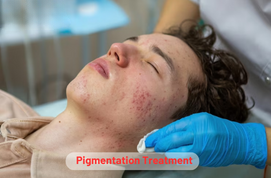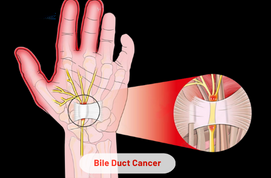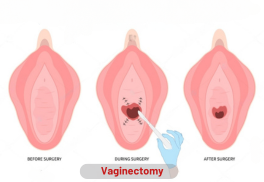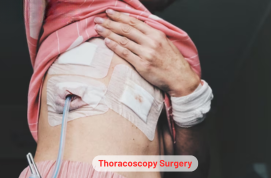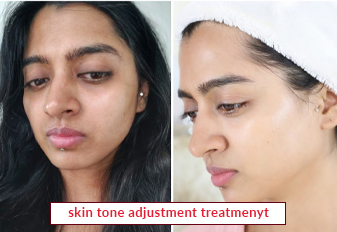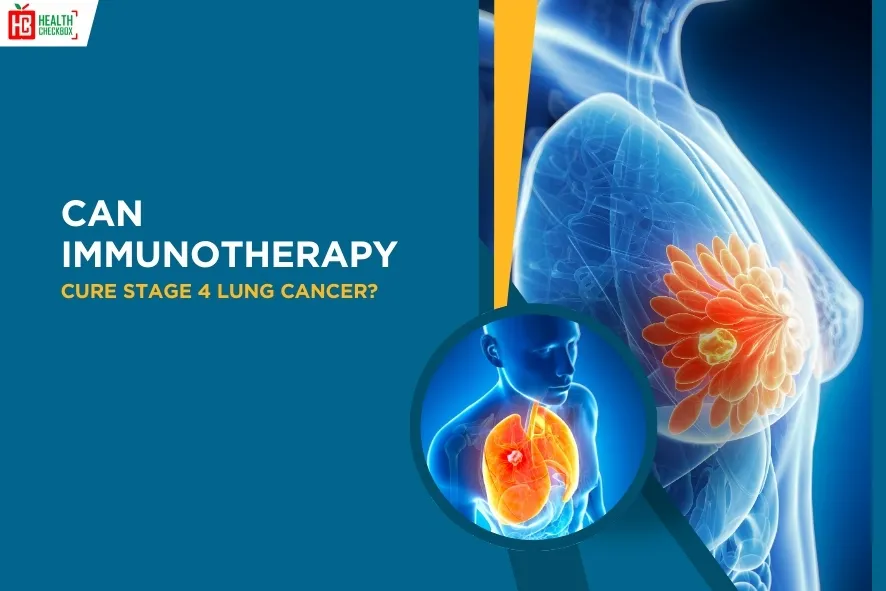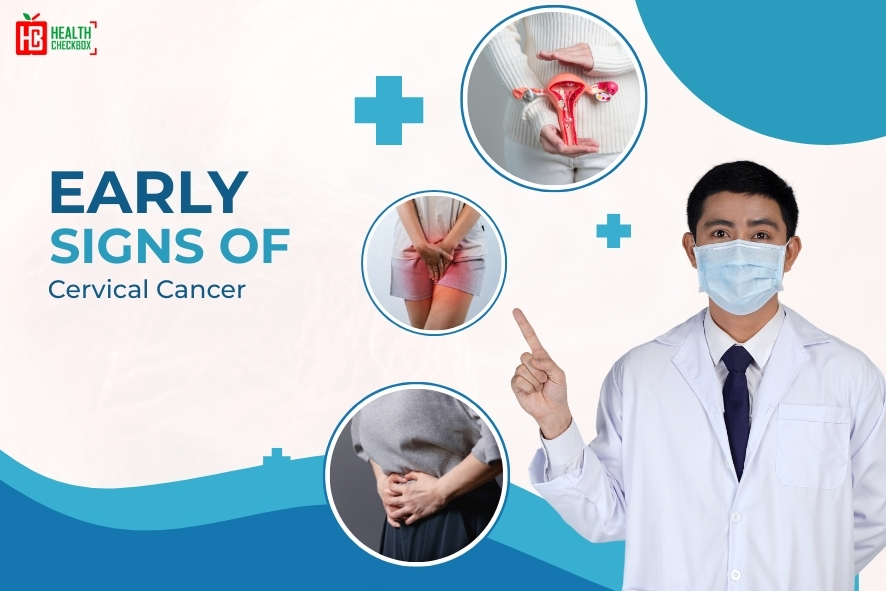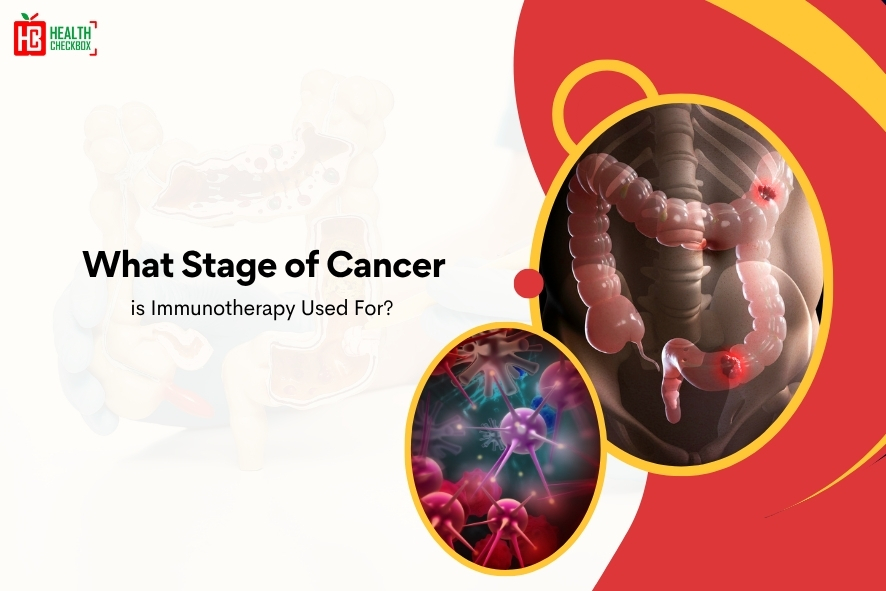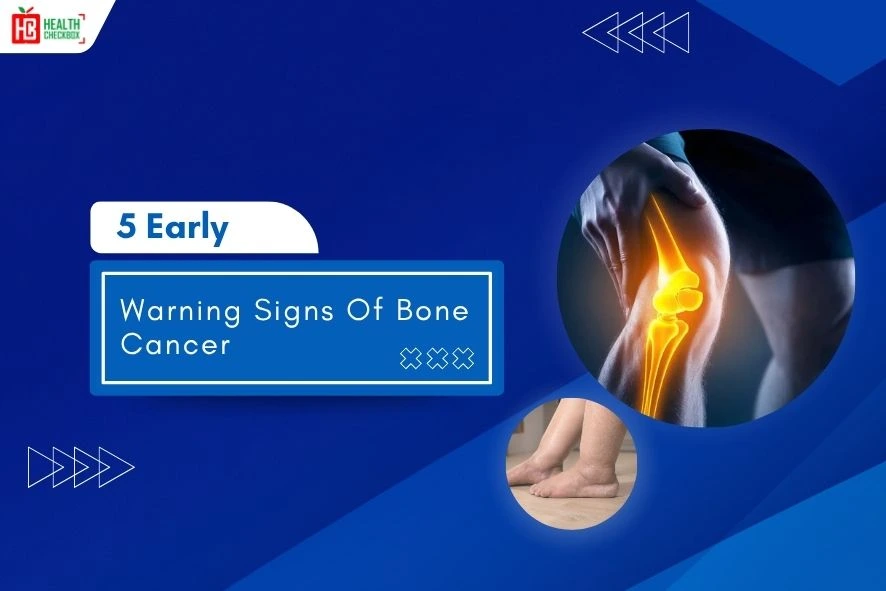Popliteal cysts, another name as Baker’s cysts, are fluid-filled sacs that develop behind the knee. It generally results from an excess presence of synovial fluid, which lubricates the knee joint, building up and squeezing into the back of the knee. Hence, it causes suffering in individuals. Multiple injuries or diseases affecting the knee, these include arthritis or torn cartilage. Swelling, stiffness, and a tightness behind the knee are some potential symptoms of it. Depending on the severity and underlying cause, baker’s cyst treatment options can include cortisone injections, fluid draining, rest, and physical therapy.
Types of Baker’s Cyst
There are two types, and both of these are mentioned below:
- Primary Baker Cysts: They develop due to an increase in the amount of joint fluid in the knee joint as a result of inflammation or injury. This type of cyst is common in persons suffering from RA, gout, and many other.
- Secondary Baker Cysts: It happens when there is an obstruction in either the knee joint or the veins running from it. This results in the aggregation of synovial fluid. This form of sac may be caused by injury to the knee or a build-up of scar tissue around the knee joint from surgery or disease processes, such as osteoarthritis or meniscus tears.
Symptoms of Baker’s Cyst
The most noticeable indicator of this cyst is a lump behind the knee. Other frequent Baker cyst symptoms are:
- Tenderness and swelling
- Stiffness
- Pain in knee
- Calf pain
Causes of Baker’s Cyst
It can be caused by several underlying conditions and factors. Here are some common causes:
- Knee injuries
- Arthritis
- Infection
- Cartilage injuries
Risk Factors of Baker’s Cyst
Anyone can become a victim of this disease. It may be because them having inflammatory disease or an injury. Certain categories of people are more likely to have popliteal cysts. We list these below:
- People aged between 35 to 70 years.
- Athletes
- Individuals with arthritis
- People who put lots of pressure on their knees at work
Diagnosis and Tests Baker’s or Popliteal Cyst
The following tests are performed to analyze this condition:
- Physical Examination
- Imaging Tests
- Medical History
- X-rays
Procedure of Baker’s Cyst Treatment
- Conservative Management: The initial line of treatment for symptom relief and inflammation reduction is mostly conservative measures. It includes activities like rest, ice packs, compression, and elevation, or RICE therapy.
- Pain Management: Doctors may prescribe NSAIDs or over-the-counter pain relievers drugs to improve discomfort.
- Aspiration: If the cyst is large or is causing significant symptoms, the doctor may take away it with a needle.
- Corticosteroid Injection: Doctors may use a steroid shot into the cyst on occasion to relieve pain and inflammation.
- Physical Therapy: Healthcare professionals may recommend exercises to strengthen surrounding muscles, improve joint mobility, and prevent recurrence.
- Surgery: If conservative therapy fails or the cyst recurs, a cystectomy, or cyst removal, or repair of underlying joint abnormalities, may be required.
Prevention Tips
Here is a list of some tips that should be followed by the patients. Those are mentioned below:
Things to Eat:
- Eating a balanced diet is recommended for patients.
- One should drink enough water which will help in decreasing pain.
- Fatty acids including Omega-3 components should be a part of each individual’s diet.
Food that should be Avoided:
- Avoid high-salt foods.
- Try to avoid fried and processed food.
- Eating high-fat red meat should be decreased.
- Avoid refined carbs.
Latest Health Tips
Can Immunotherapy Cure Stage 4 Lung Cancer?
Early Signs of Cervical Cancer
Foods that Kill Cancer: Leafy Vegetables, Grains, & More
What Stage of Cancer is Immunotherapy Used For?
Which is Worse for Cancer, Sugar or Alcohol?
Vaccines That Prevent Cancer
What Kills Cancer Cells in the Body Naturally?
5 Early Warning Signs of Bone Cancer
Submit Your Enquiry
Testimonials








